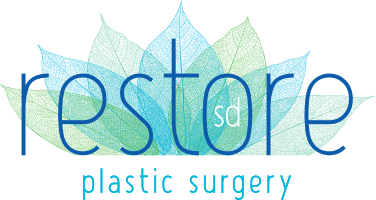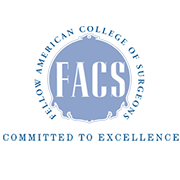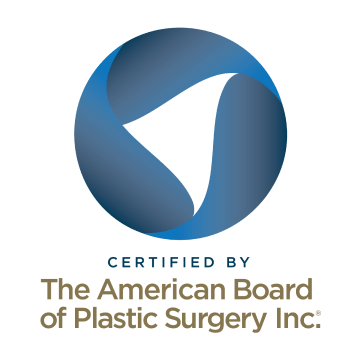Over 1.8 million cosmetic surgical procedures are done in the U.S. every year. From the aforementioned surgical procedures, the most common procedure is breast augmentation. It accounts for about 313,735 of all surgeries. Based on historical data, this number is bound to increase annually.
Now that there’s much more support and positivity around all types of bodies, it’s no wonder that a lot of people are looking to get breast augmentations. It’s also a minimally invasive process – it’s an outpatient procedure – that will let you get back into the swing of things in no time. Here’s all you need to know about breast augmentation recovery.
Immediately after your breast augmentation surgery
You’ll be administered general anesthesia for the procedure and you may feel drowsy right after the surgery. You may also feel sore, which is to be expected. This is why you need to spend a few hours in the recovery room before getting the green light to go home.
Before you leave, your breasts will be wrapped securely with a surgical bra. This ensures that your breasts are supported during recovery. Your surgeon will also brief you on the measures you need to take to care of your incision sites.
Days after breast augmentation surgery
Much like any other surgery, you should take it easy and avoid strenuous activities post-op. Even lifting your arms above your head at this time may cause increased soreness or discomfort. It’s during this period that your implants start to settle in place.
Your clinic may even advise you to massage your breasts several days after the surgery. This helps relax the muscles around your breasts, reduce swelling, and decrease the risk of developing scar tissue around the implant. As you start to ease back into your everyday life, you must keep up with the post-op instructions from your surgical team.
First few weeks after breast augmentation surgery
While you may continue to feel mild pain after the first week, the intensity of the pain should have decreased. At this point, you could start to return to normal activities, at least ones that don’t require you to exert too much physical effort. However, if you notice anything unusual such as redness, warmth, and increased pain or swelling of your breasts, you may need to call your clinic.
You can consult with a plastic surgery nurse who may recommend over-the-counter pain medication to help ease discomfort. They’re adept at handling non-emergency cases. Plastic surgery nursing has become one of the top specialist nursing careers today, as they are able to both diagnose and treat specific body-related conditions. These clinical specialists are equipped to assist during procedures and help you gain any information you need. They’re more than ready to answer any questions you may have during your recovery so you can understand the healing process even better. If you experience drainage or oozing from the incision, your nurse may escalate the issue to your surgeon and have you come into the clinic for a check-up.
A month and beyond your breast augmentation surgery
Whether or not there are complications, it’s best for you to make an appointment with your clinic for a full and comprehensive evaluation of the breast implants. This doesn’t just help you keep your breasts looking the best, it can also assure you of your own health and safety.
Breast augmentation is a quick process. The procedure itself typically only takes sixty to ninety minutes, and after about a month, you can expect to be fully recovered.
Schedule a consultation today!If you have further questions about Breast Augmentation Surgery, please call 858-224-2281 or contact Restore SD Plastic Surgery in San Diego, California.
Areas served:Article Author: Megan Barton
Sources for this article provided by:









